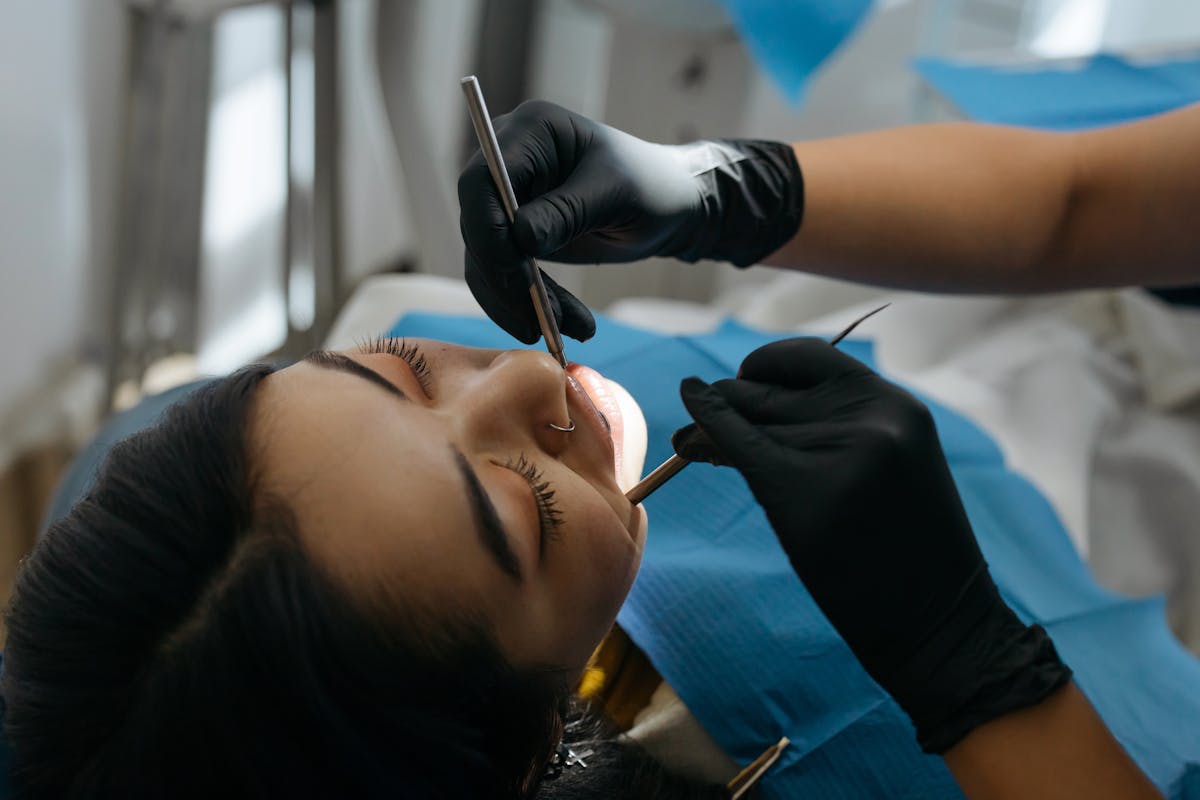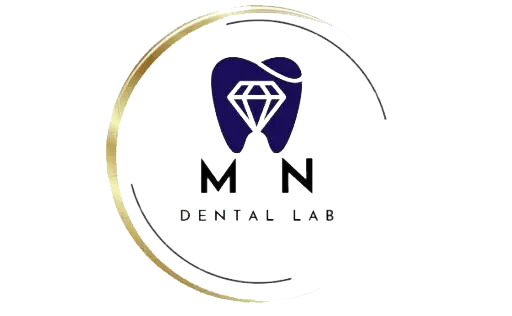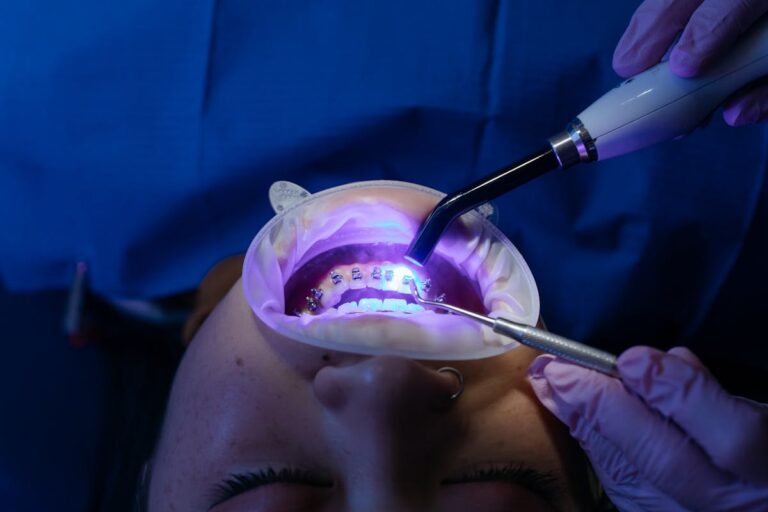Invisalign offers a modern approach to orthodontic care with its virtually invisible aligners, tailored to fit each patient’s dental structure. These clear aligners provide an effective solution for aligning teeth without the aesthetic drawbacks of traditional braces. For those seeking discreet orthodontic care with Invisalign, this treatment option enhances both oral hygiene and comfort by allowing patients to remove aligners during meals and cleaning. With treatment typically spanning 12 to 18 months, individuals can achieve a confident smile while minimizing the impact on daily life.
Understanding Invisalign: The Basics
Invisalign represents a significant advancement in orthodontic technology, offering a discrete and effective alternative to traditional braces. This innovative system utilizes clear, custom-fitted aligners that gradually shift teeth into desired positions. Patients often consider Invisalign cost as a vital factor; it typically aligns with or slightly exceeds the expense of conventional braces, depending on the complexity of the case. Additionally, treatment duration varies, with most patients completing their regimen within 12 to 18 months. The aligners must be worn for 20 to 22 hours daily to achieve ideal results. Regular consultations are essential to monitor progress and adjust aligners as needed. By prioritizing patient convenience and aesthetics, Invisalign has redefined the approach to corrective dental care.
The Benefits of Choosing Invisalign
Invisalign offers a discreet orthodontic solution through its advanced invisible aligner technology, which is nearly imperceptible to the observer. Patients benefit from a comfortable treatment experience, as the aligners are custom-fitted to minimize irritation commonly associated with traditional braces. Additionally, the removable nature of the aligners facilitates improved oral hygiene, allowing patients to maintain their dental health with ease during treatment.
Invisible Aligner Technology
Invisible aligner technology represents a significant advancement in orthodontic care, providing an aesthetically pleasing and comfortable alternative to traditional braces. These transparent devices, known as invisible aligners, offer a discreet method of teeth correction, appealing to patients seeking clear orthodontics. By employing advanced 3D computer imaging, orthodontists create a precise treatment plan, mapping the incremental movement of teeth. This technology allows for a tailored approach, ensuring that each aligner fits seamlessly, promoting effective and efficient realignment. Patients benefit from aligners that are virtually invisible, maintaining the natural appearance of their smile during treatment. Additionally, the removable nature of these aligners supports oral hygiene practices, reducing the risk of periodontal issues commonly associated with fixed metal brackets, thereby enhancing long-term dental health.
Comfortable Treatment Experience
Building upon the advancements of invisible aligner technology, patients are offered a treatment experience characterized by comfort and convenience. Invisalign aligners are custom-fabricated using advanced 3D imaging technology, ensuring a precise fit that enhances patient comfort. Unlike traditional braces, these aligners are smooth, reducing irritation to the oral mucosa and enhancing the overall comfort level. The treatment duration with Invisalign is often shorter, with some cases achieving desired results in as little as 12 to 18 months, depending on individual needs. This efficiency is attributed to the continuous pressure applied by the aligners, strategically repositioning teeth. Additionally, the removability of aligners adds to the convenience, allowing patients to maintain their normal lifestyle with minimal disruption during the treatment process.
Improved Oral Hygiene
Achieving ideal oral hygiene becomes notably more feasible with the use of Invisalign aligners. These custom-designed aligners are removable, enabling patients to maintain optimal dental care routines. Unlike traditional braces, Invisalign does not obstruct flossing or brushing, allowing individuals to adhere to professional oral hygiene tips more effectively. This enhancement in accessibility greatly reduces the risk of plaque accumulation, gingivitis, and cavities. By removing aligners during meals, patients prevent food debris from becoming trapped, thereby maintaining superior dental care. Additionally, the aligners themselves require regular cleaning, further promoting a thorough oral hygiene regimen. Overall, Invisalign facilitates improved oral health by aligning teeth without compromising the integrity of daily dental care practices, contributing to a healthier, more confident smile.
How Invisalign Works: A Step-by-Step Guide
Invisalign treatment begins with the creation of a personalized digital treatment plan, which includes custom aligner fabrication tailored to the patient’s unique dental anatomy. These aligners apply controlled forces to facilitate progressive teeth adjustments, gradually moving teeth into their desired positions. Throughout the process, patients receive a series of aligners, each designed to make specific changes, ensuring precision and comfort in orthodontic care.
Custom Aligner Fabrication
When starting on the journey to a straighter smile, the custom aligner fabrication process stands as a pivotal step in Invisalign treatment. This stage involves the creation of aligners tailored to each patient’s unique dental structure. Initially, a digital scan captures precise images of the teeth, enabling the orthodontist to formulate a personalized treatment plan. This plan dictates the custom aligner design, guaranteeing each aligner incrementally adjusts the teeth towards the desired position. The utilization of advanced 3D printing technology fabricates these aligners with high accuracy, aligning with individual requirements. Each aligner is crafted to fit comfortably, applying the correct pressure to guide teeth movement. This meticulous fabrication process guarantees that patients receive effective, discreet orthodontic care tailored specifically to their needs.
Progressive Teeth Adjustments
Progressive teeth adjustments form the core mechanism by which Invisalign effectively straightens teeth. This orthodontic system utilizes a series of custom-fabricated aligners designed to exert controlled, gradual forces on teeth, facilitating their movement into ideal positions. Each aligner is tailored to the patient’s unique dental anatomy and worn sequentially, typically changing every one to two weeks. These progressive adjustments guarantee a steady alignment progression, minimizing discomfort while maximizing efficacy. The process begins with a thorough digital scan of the patient’s oral structure, enabling precise mapping of the desired alignment trajectory. As patients advance through the aligner sequence, they witness incremental improvements in dental alignment, ultimately achieving desired outcomes without conventional braces. Such precision in progressive teeth adjustments underscores Invisalign’s patient-centric approach.

Comparing Invisalign to Traditional Braces
Comparing orthodontic solutions necessitates an understanding of the distinct features of both Invisalign and traditional braces. Invisalign vs. Braces presents a decision point for patients, with both options offering unique advantages. Invisalign employs clear, removable aligners, allowing for better oral hygiene and aesthetic discretion. Conversely, traditional braces consist of metal brackets and wires, known for their effectiveness in treating complex malocclusions.
From a cost comparison standpoint, Invisalign can be slightly more expensive than traditional braces, depending on the complexity and duration of treatment. However, the cost differential often reflects the convenience and aesthetic benefits offered by Invisalign. Patients should consider lifestyle, treatment goals, and financial considerations when selecting the appropriate orthodontic solution. Consulting an orthodontist can provide tailored guidance.
The Invisalign Treatment Process
Having examined the comparative aspects of Invisalign and traditional braces, attention now turns to the Invisalign treatment process itself. Initially, a thorough digital scan is performed to create a precise 3D model of the patient’s dental structure. This model guides the development of a personalized Invisalign timeline, outlining the step-by-step movement of teeth. Patients typically receive a series of custom-made aligners, each worn for approximately one to two weeks. The treatment duration varies, generally spanning 12 to 18 months, contingent on individual orthodontic needs. Regular progress assessments guarantee alignment with the projected Invisalign timeline. Throughout the treatment duration, patient adherence to wearing the aligners for 20-22 hours daily is essential to achieving ideal results, facilitating the discreet transformation of their smile.
Maintaining Your Invisalign Aligners
Proper maintenance of Invisalign aligners is essential to guarantee their effectiveness and longevity. Patients should adhere to specific cleaning tips to preserve the aligners’ transparency and hygiene. It is recommended to clean aligners twice daily using lukewarm water and a soft-bristled toothbrush, avoiding toothpaste, which may cause scratches. For ideal sanitation, specialized Invisalign cleaning crystals or a gentle denture cleaner can be employed. Additionally, aligners should be rinsed each time they are removed and before reinsertion to eliminate plaque buildup.
Aligner storage plays an important role in maintaining their structural integrity. When not in use, aligners should be placed in their designated storage case to prevent damage or misplacement. Exposure to extreme temperatures or direct sunlight should be avoided to prevent material warping.
Success Stories: Real Patients, Real Results
Transformation is a compelling demonstration to the effectiveness of Invisalign orthodontic care, as evidenced by numerous patient success stories. Patient testimonials provide empirical data, showcasing the efficacy of aligners in achieving desired dental alignment. Before photos serve as a baseline, allowing for a visual comparison that underscores the significant improvements achieved through treatment. These documented cases highlight the adaptability of Invisalign in addressing diverse malocclusions, ranging from minor spacing issues to more complex orthodontic concerns. The systematic approach of Invisalign, tailored to individual needs, guarantees ideal outcomes. Patients have reported enhanced aesthetic satisfaction and functional improvements post-treatment. The cumulative evidence from these testimonials affirms Invisalign’s role in achieving discreet yet transformative orthodontic results, reinforcing its position as a preferred choice in modern dental care.
Finding the Right Invisalign Provider for You
Why is selecting an Invisalign provider critical to successful treatment outcomes? Choosing the right provider guarantees precision in diagnosis and treatment planning, essential for achieving ideal results. Provider credentials are paramount; a qualified orthodontist should demonstrate expertise in Invisalign technology and have an all-encompassing understanding of dental and skeletal structures. Evaluating patient reviews offers insight into the provider’s clinical proficiency and patient satisfaction. Reviews often reflect the provider’s ability to communicate effectively, manage treatment timelines, and respond to individual patient needs. Selecting a provider with a proven track record in Invisalign treatments can greatly enhance the likelihood of a successful and satisfying orthodontic experience. Consequently, thorough evaluation of credentials and patient feedback is crucial in making an informed decision.
Frequently Asked Questions
Can Invisalign Be Used for All Types of Orthodontic Issues?
Invisalign’s effectiveness varies; it successfully addresses many but not all orthodontic issues. Treatment limitations exist, particularly with severe misalignments or complex bite problems, where traditional braces might be more appropriate. Consultation with an orthodontic specialist is advised.
How Long Does the Invisalign Treatment Typically Last?
The treatment duration for Invisalign typically ranges from 12 to 18 months. However, patient factors such as age, complexity of orthodontic issues, and adherence to wearing aligners can greatly influence the overall length of the treatment.
Are There Any Dietary Restrictions While Using Invisalign?
Invisalign care suggests no dietary restrictions, as aligners are removable. However, Invisalign maintenance requires patients to avoid consuming food or drinks, except water, while wearing them, ensuring cleanliness and prolonging aligner life. Proper hygiene is essential.
What Is the Cost Comparison Between Invisalign and Braces?
The cost comparison between Invisalign pricing and traditional braces varies. Invisalign typically ranges from $3,000 to $8,000, while traditional braces cost between $2,000 and $7,000. Factors include treatment complexity, duration, and geographic location, impacting overall patient expenses.
Will Wearing Invisalign Affect My Speech?
Wearing Invisalign may necessitate minor speech adjustments due to an initial lisp, typically experienced as patients acclimate to aligners. This transient phase generally subsides as oral muscles adapt, ensuring minimal long-term impact on speech clarity.

